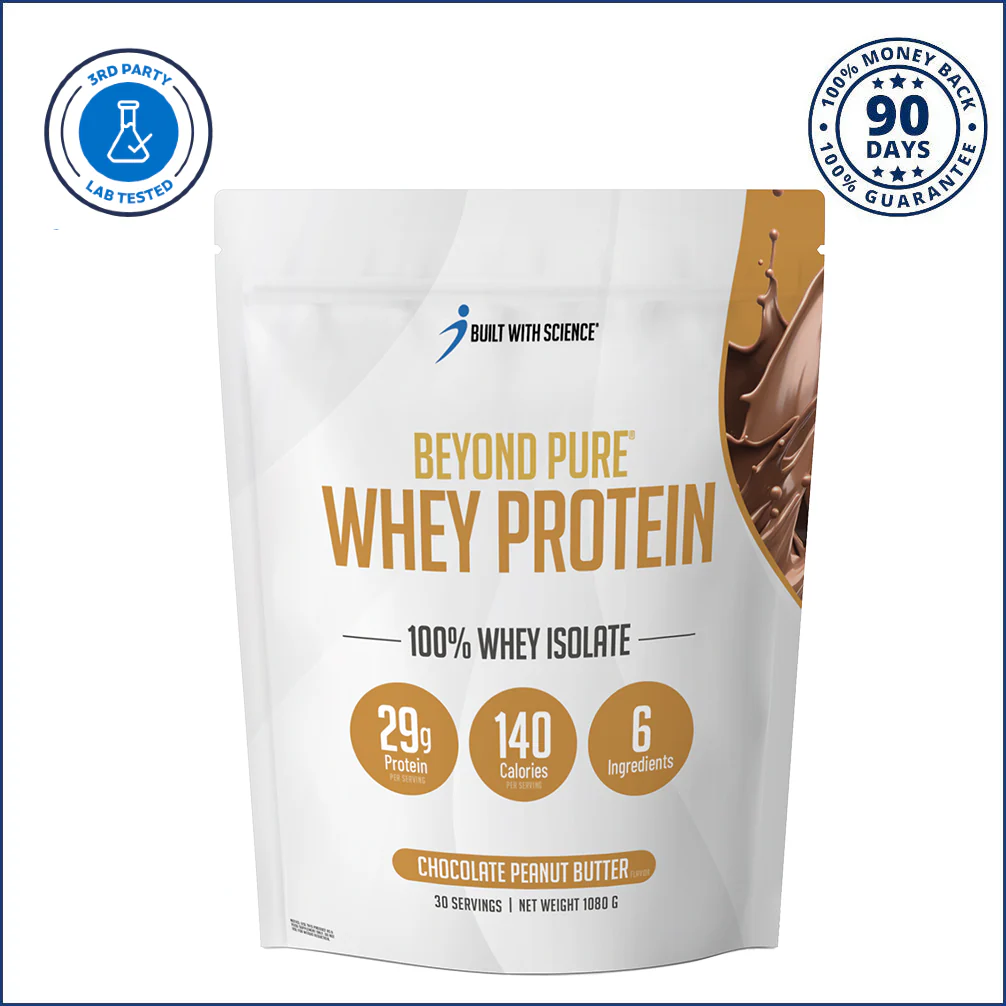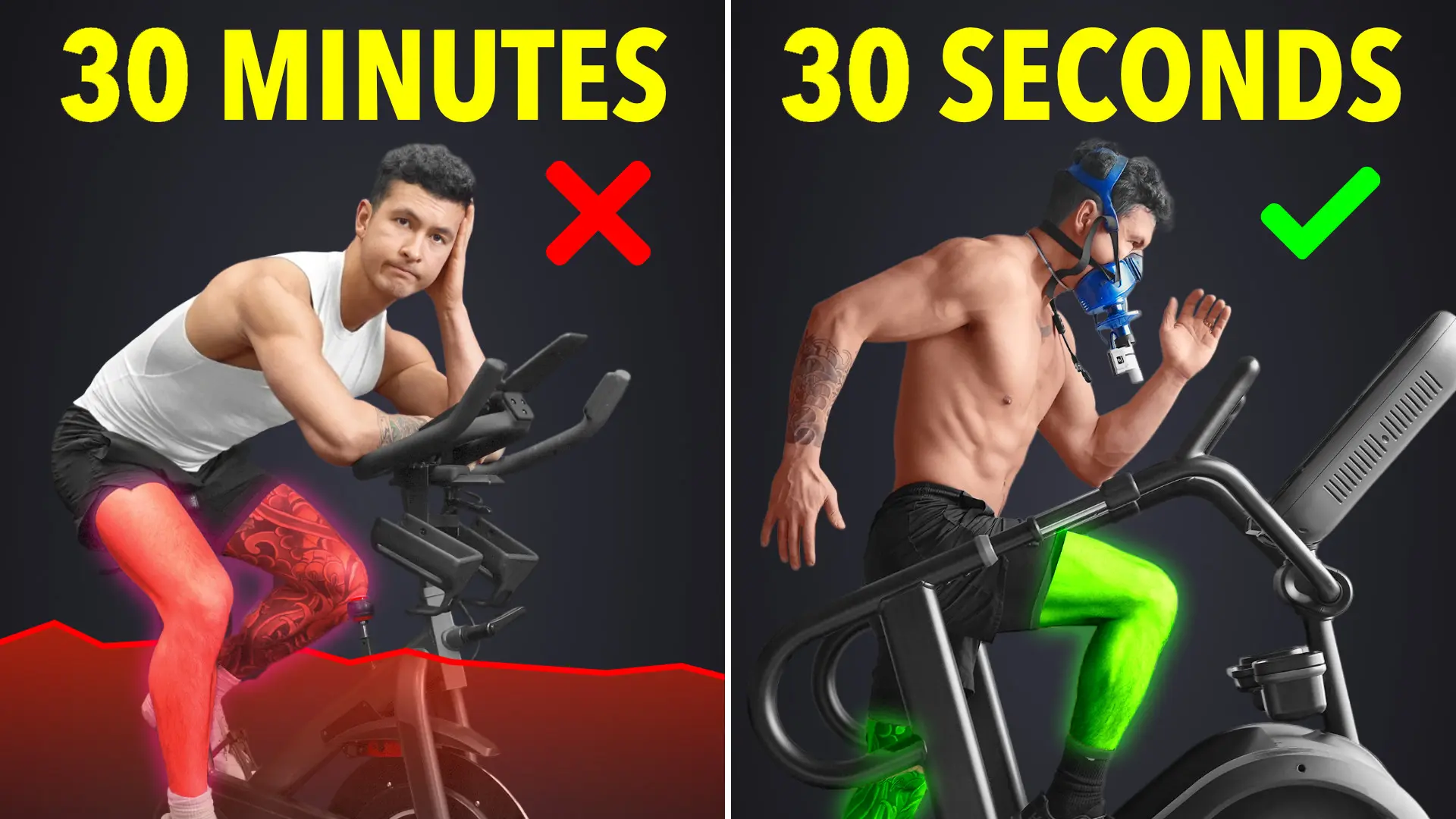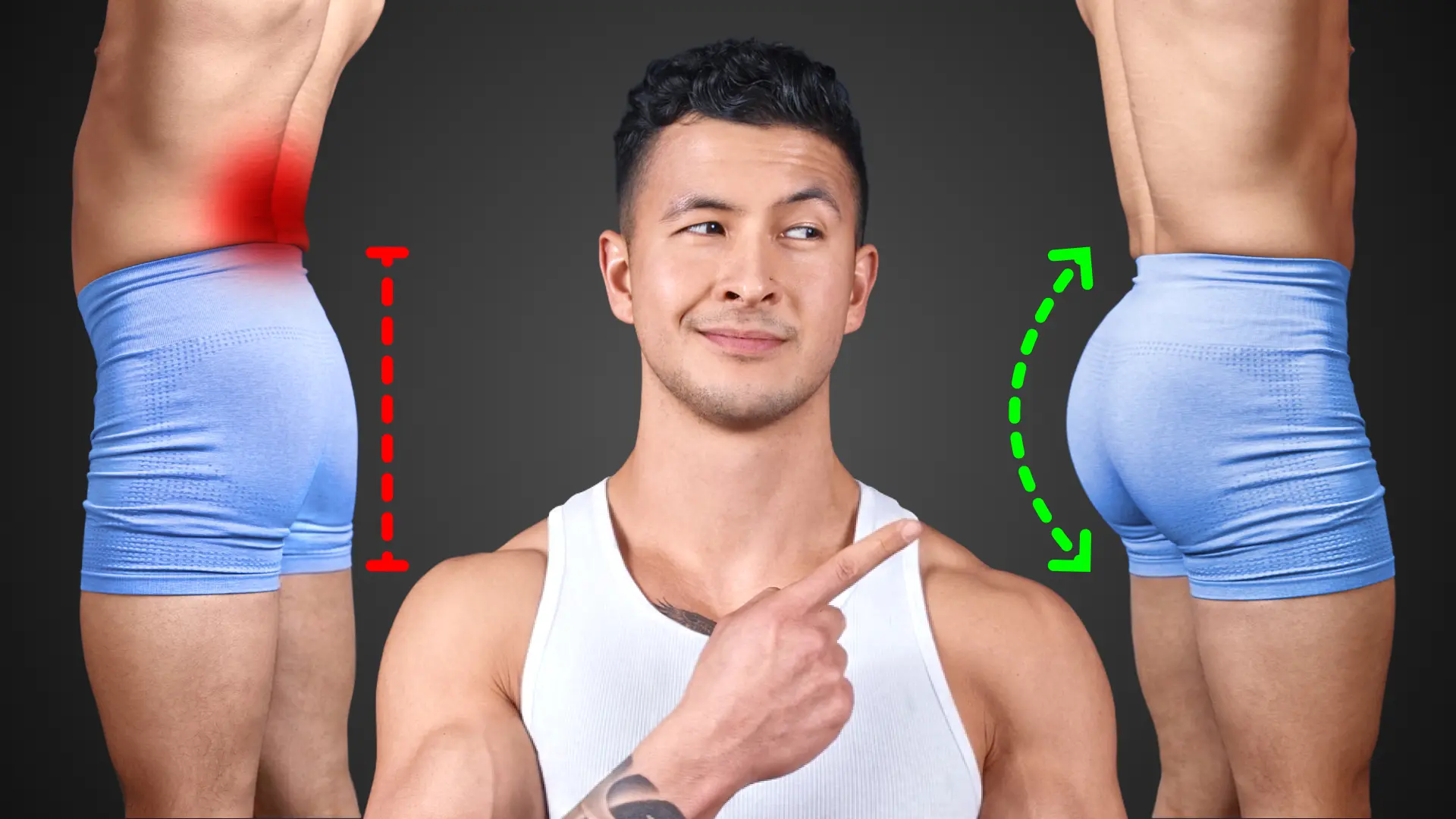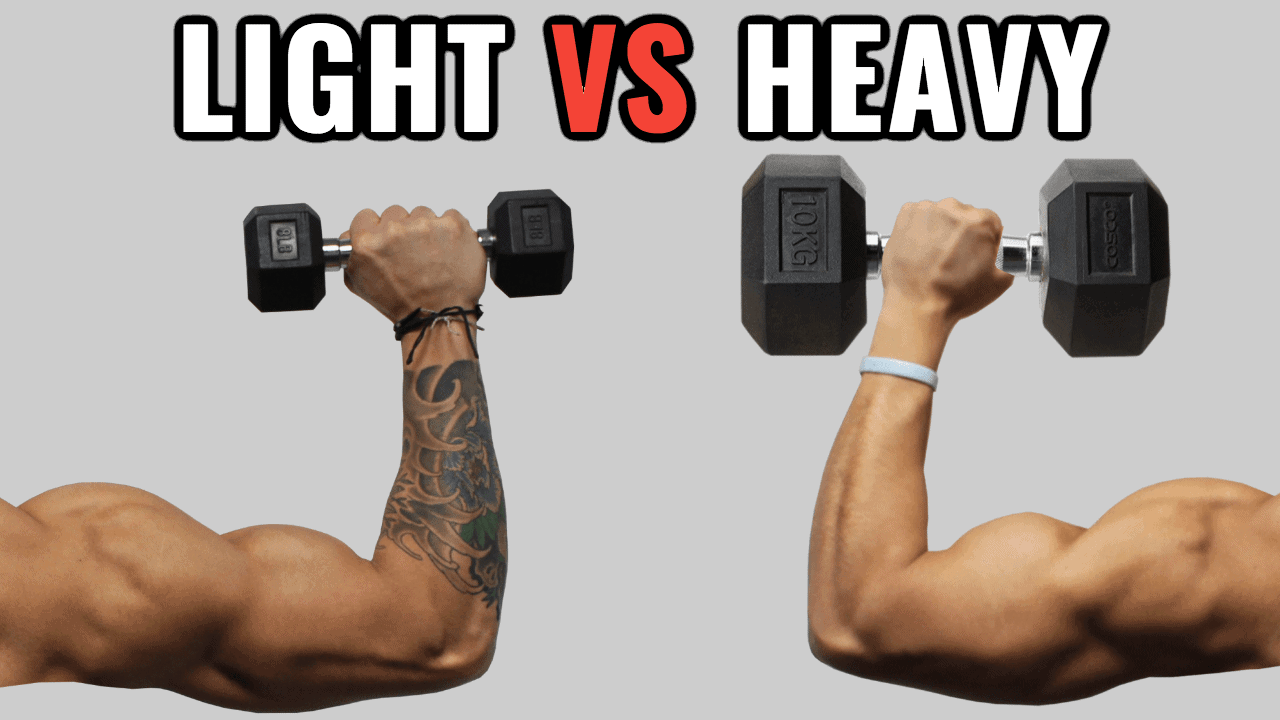
Is it better to lift heavy or light weights to gain muscle: Which is best for muscle growth? (6 Studies)
Are there benefits for lifting heavy weights as opposed to light weights for muscle gain? Let's take a look at what research has to say.
Conventional wisdom has us convinced that high reps and light weights builds muscle endurance and makes little contribution to gains in muscle mass. Heavier weights in the low to moderate rep range, on the other hand, has long been accepted as the best way to maximize muscle growth.
And as said by bodybuilder Ronnie Coleman:
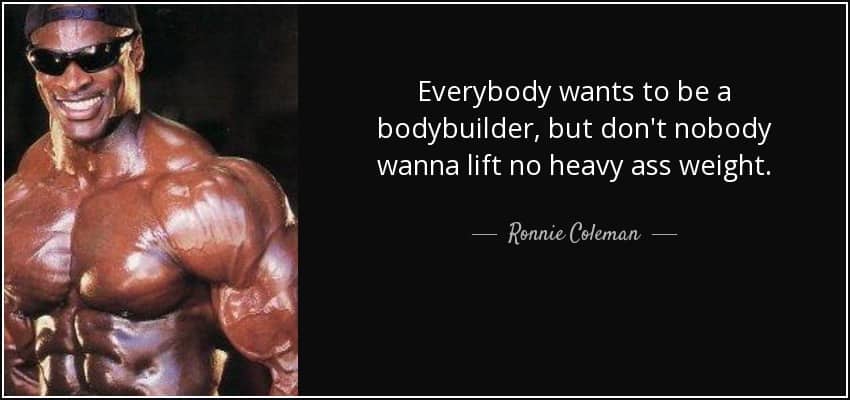
In fact, many of you are probably familiar with simplified charts like these.

Showing that moderate to heavy loads leads to greater hypertrophy and strength. Whereas lighter loads leads to more muscular endurance with less contribution to hypertrophy.
So based on this it may seem that in terms of hypertrophy, we see more benefits by lifting heavy weights. But to determine whether this is a valid perspective or not, let's take a look at the research regarding this topic and see which approach is more optimal in terms of muscle growth.
By the way: if you're looking for a training program that'll guide you through, step-by-step, the most optimal muscle-building approach, I've got just the thing for you. Every BWS program is designed to help you transform your physique in the most time-efficient manner. And best of all? It's all rooted in science. For more information:
Click the button below to take my analysis quiz to discover the best program for you:
↓
The Research Behind Light Weights vs Heavy Weights
So let’s start by quickly covering the research behind it, which to be honest is pretty clear cut.
A lot of the initial findings regarding this topic was done by Stuart Philips and his colleagues. In their 2012 study, they gathered 18 male subjects to train their legs on the leg extension machine three times a week for 10 weeks.
They were separated into 3 groups:
- Group 1 performed 3 sets at 30% of their 1RM for 30-40 reps
- Group 2 performed 1 set at 80% of their 1RM for 10-12 reps
- Group 3 performed 3 sets at 80% of their 1RM for 10-12 reps
The result?
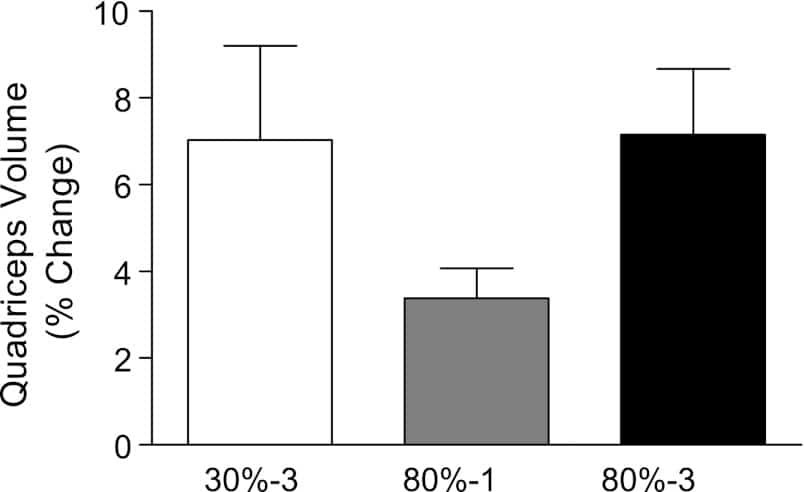
As seen in this graph, quadriceps muscle growth was nearly identical in groups 1 and 3. Meaning that both the light weight and heavy weight groups gained equivalent muscle mass when volume was equated for.
This was a novel finding at the time. But it attracted a lot of criticism most notably because it used untrained beginners as subjects.
Since untrained individuals will respond to pretty much any stimulus and still grow, it may have been the underlying cause of the results seen in this study.
Further Research with Trained Individuals
So in response, Philips and his team performed a similar study in 2016. But this time using 49 men with an average of 4 years lifting experience. They also used a similar protocol as the previous study but this time using a whole body resistance training program.
The results?
Once again, the results showed that load did not dictate hypertrophy, meaning that both light weights and heavy weights elicited equal amounts of muscle growth.
In addition, both protocols led to similar increases in type I and type II fiber growth which are typically believed to be load dependent. But keep in mind it's still relatively unclear whether specific fiber type growth is dependent on load - studies have been contradictory in this area.
After this study, several studies and a large meta analysis have been done on the topic, with all concluding the same result: "light weights and heavy weights lead to similar muscle growth when volume is equated for and sets are taken close to failure."
Case Closed?
So based on this it might seem as if lifting light weights is equally as beneficial as heavy weights and there's isn't any inherent benefits of lifting heavy weights.
However, there are a couple things to consider.
- When looking at strength, this meta analysis of 8 relevant studies comparing heavy versus light weights showed that the use of heavy weights tends to be better in terms of strength gains. Which in the long run, I think would lead to better hypertrophy when compared to lighter weights.
- Keep in mind that these studies involved the use of pushing to near failure regardless of the weight used. And training to failure in a higher rep range is a lot more uncomfortable than doing so with lower reps and heavier weights due to the increased metabolic stress. In fact, some of the subjects performing the light weight protocols even ended up throwing up after high rep sets.
So again in the long run, it’s not really a viable option to stick to light weights and high reps given that it’s just generally unenjoyable to train to failure with higher reps especially on compound movements.
Really enjoy digging into the research? Then you'll absolutely love working with my team of highly-qualified trainers and nutritionists (plus myself!); in the process of guiding you through the process of achieving your dream physique in the time-efficient way possible, we'll also make sure you understand the science behind it all. Find out more here:
Click the button below to find out more about the 3-on-1 coaching program:
↓
Applying These Findings to Your Workout
So let’s take a look at how you can apply this to your workout in order to maximize muscle growth.
Two of the main mechanisms of muscle growth are mechanical tension and metabolic stress. These two mechanisms are basically in a constant tug of war during your workout, meaning more of one generally means less of the other.
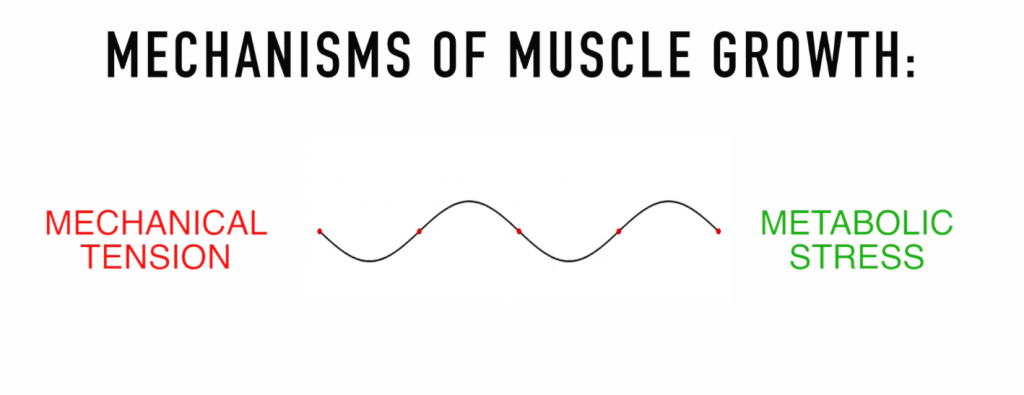
When you lift heavier weights, you induce more mechanical tension.
When you lift lighter weights but for more reps, you can cause more metabolic stress.
This is probably why lighter weights and heavier weights leads to equivalent muscle growth when equated for volume. Because they each target separate mechanisms but leads to the same outcome of muscle growth.
So, in order to maximize muscle growth, it may be beneficial to target both mechanisms of muscle growth in your workout.
Since heavy loads are more beneficial for strength gains, mechanical tension and are easier to take close to failure, increasing strength on your heavy compound movements should be the foundation of your long term training.
The Benefit of "Chasing the Pump"
In addition, as stated by hypertrophy expert and researcher Brad Schoenfeld:
"it is likely that exercise centered on achieving a "pump" via higher rep sets with low weights and short rest also provides a potent hypertrophic stimulus that is synergistic to heavy compound lifting."
Therefore, you should also consider utilizing higher reps with lower weights in your accessory movements after your heavier sets on compound movements are done. As this will enable you to take advantage of the multiple pathways involved with muscle hypertrophy.
Some ways to achieve this are through the use of drop sets, reverse pyramid training, or also including a couple sets of 25-40 reps to near failure towards the end of your workout.
So let’s look at an example of how you could apply this to your chest workout for mass, let’s say you’re doing the following chest workout:
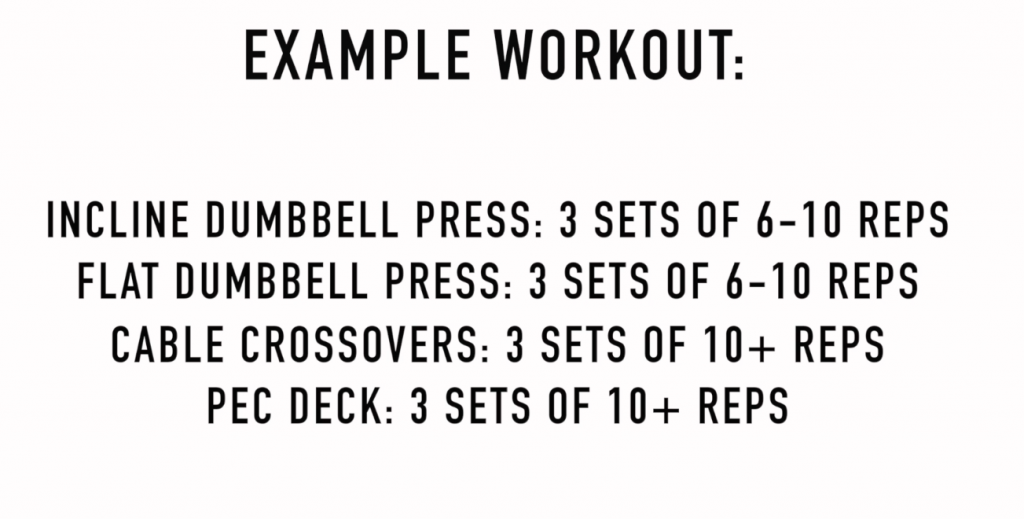
The first two compound movements should utilize heavy weight in the moderate rep range, and a focus should be placed on getting stronger with these movements.
This will cover the mechanical tension mechanism of muscle growth in this workout.
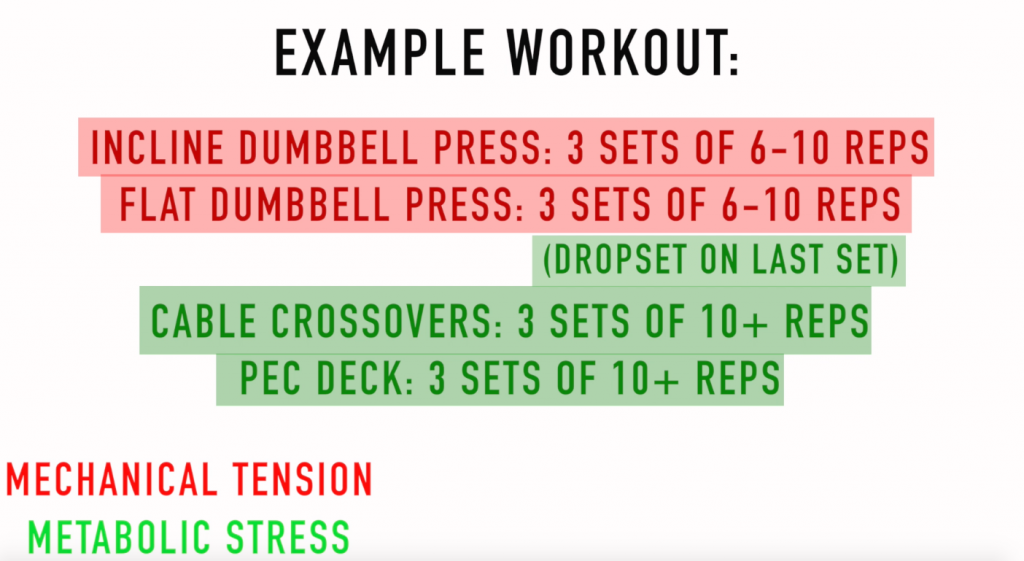
And then, to cover the metabolic stress mechanism of muscle growth in this workout, you can add a few drop sets into your last set of flat dumbbell press.
You can also utilize a higher rep range with low weight and go to near failure on the accessory movements as well.
Keep in mind that there are several ways to incorporate both mechanisms of muscle growth, but this is just an easy to follow example for you guys to apply.
Summary
To sum it all up, utilize the benefits of lifting heavy weights by lifting heavy in the low to moderate rep range on your compound lifts. Focus on getting stronger with these movements. Add in drop sets, reverse pyramid sets, and higher rep sets on accessory movements with light weights to induce more metabolic stress.
Obviously, more research is needed to see if targeting the metabolic stress mechanism of muscle growth as well as mechanical tension is superior than if just heavy weights were used in the "hypertrophy" rep range. Until then, I think that a a combination of both methods is your best bet.
That's it for this article, hope you enjoyed it.Feel free to let me know if you have any questions in the comments down below! Don't forget to give me a follow and connect with me on Instagram, Facebook, and Youtube as well. Cheers!
And for those looking for a complete step-by-step program that uses science to show you how to properly train AND eat week after week to transform your body in the most efficient and injury-free way possible, then:
Click the button below to take my analysis quiz to discover the best program for you:
↓

